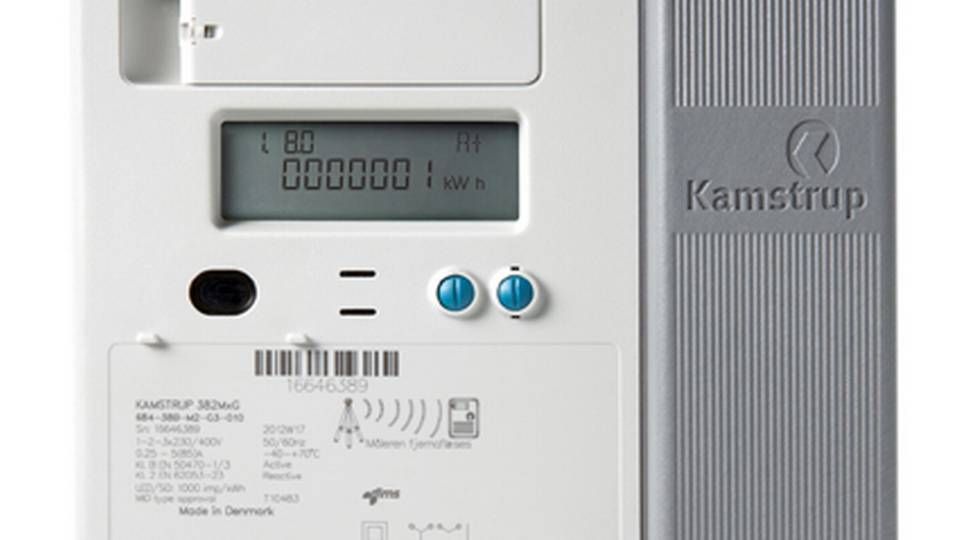UK consumers can now opt for "time of the day" electricity tariff

British electricity consumers can opt to reduce their electricity bills by turning on their washing machine when they go to bed at night.
The independent electricity company, Green Energy UK, is the first to offer "time-of-the-day" electricity rates on the UK market, whereby prices vary depending on periods of high and low demand. This has been made possible through the launch of digital smart meters which manage energy usage and have been installed in UK households over the last few years.
Read the whole article
Get access for 14 days for free. No credit card is needed, and you will not be automatically signed up for a paid subscription after the free trial.
With your free trial you get:
Get full access for you and your coworkers
Start a free company trial todayRelated articles
UK presents plan to phase out coal
For subscribers

























.jpg&w=384&q=75)